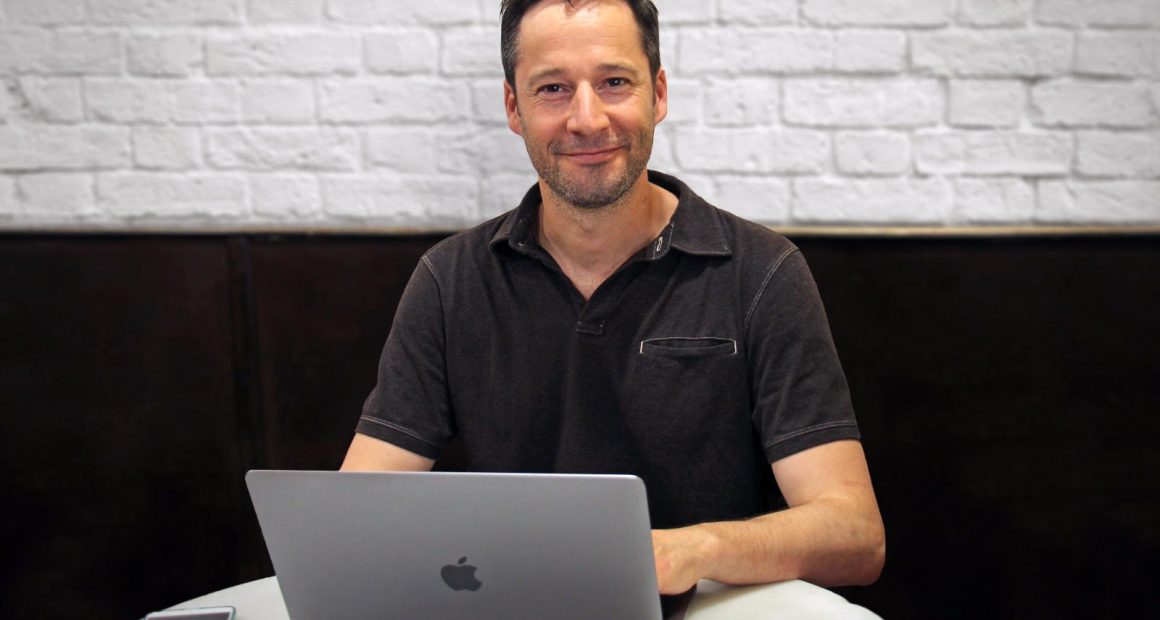Jacobo is the CEO of Hubii Network which has launched a layer 2 scaling solution called nahmii. This week they announced an IEO for nahmii on one of the biggest crypto exchanges in the world; Liquid Exchange.
Building an new scaling solution with an experienced team
Kryptografen sat down with Jacobo Toll-Messia, and talked about scaling, team effort, experience, building complex tech, blockchain logic and upcoming product launches.
How would you describe the team’s background?
We have a broad background within the team with special emphasis in building large and complex software systems. The average number of years of experience of our engineers is 20+ and we come from a variety of industries with a particular focus on Oil & Gas, Financial Services and Telecommunications
Some team members have been around blockchain since 2011. Senior Management has built and taken products to market used by millions of users. We have extensive experience commercialising products and liaising with corporate partners.
When deciding to build your own scaling solution, how did you know that it would be better than the competitors?
We set out to bring our existing content platform onto the blockchain (50m views per day), in order to solve some fundamental problems. Those problems primarily revolved around transparency and billing/payments.
There were some promising proposed scaling solutions, which were supposed to be usable.
As it turned out, there were two main problems with the proposed scaling solutions in general. First, no suitable protocol was live and available to use and the likely date of any deployment to mainnet seemed a long way off. Second, none of the proposed solutions addressed all of the requirements for commercially-viable scaling. Instead, people focused only on improving TPS.
Commercially-useful scaling cannot be achieved by just increasing throughput; ‘true’ scaling solves blockchain’s problems with latency, fee predictability, finality and throughput..
Mark, our COO, has been involved in blockchain since 2011 and has been active in the field of Bitcoin scaling as far back as 2013. He also consulted on the OmiseGo/Plasma project, prior to their ICO in 2017.
It was apparent that the only way to build a scaling solution good enough for our own needs, we would have to build it ourselves. Obviously this scaling solution will be equally useful for anyone in this ecosystem.
nahmii is the only scaling solution that solves ALL the scaling needs. It’s also one of the only scaling solutions that is in operation and ready to use today. Additionally, nahmii is the only solution with a clear path to being fully trustless. This will eventually allow the protocol to become as secure and decentralised as the Ethereum base-layer itself.
We only have one ‘compromise’: we are not censorship-resistant. It is important to note that other scaling solutions also compromise on this, but they all also compromise on much more.
In fact, this compromise turns into an advantage for us, because it will allow us to apply business logic such as KYC/AML and comply with regulations. It also allows us to better fit the needs of commercial use-cases. In many cases this is actually essential.
Months ahead of competitors
What has been the most gratifying thing about building nahmii?
Perhaps the most gratifying aspect of building nahmii has been proving that our designs work. Starting with a bold plan to create the first commercially-viable scaling solution in record time, the team have delivered on all of our promises.
In addition, we have known all along that blockchain scaling is effectively a greenfield opportunity. Leveraging the team’s unique skillset, we believed that nahmii could take the industry by surprise. We believe that nahmii is now many months, if not years, ahead of the competition; most other players working on ‘scalability’ remain behind schedule and many are building solutions that will probably never be commercially viable.
Pushing boundaries with Ethereum
What has been difficult building nahmii?
We have made no secret about the transformative potential of nahmii, which has naturally generated high expectations for the protocol. Managing these expectations, both of the community and the team, whilst building something so complex is always a challenge. Now that the protocol is built and live on mainnet, we expect the expectations for nahmii to grow and grow. This is definitely a nice problem to have!
On the technical side of things, we have constantly pushed the boundaries of what is possible on Ethereum. As an example: our smart contracts are amongst the largest ever deployed to Ethereum and we have frequently had to lay down a path for others to follow with our technology. Similarly, the difference in performance between nahmii’s lightning-fast second layer and the slower mainnet has required careful management around race conditions and syncing problems.
It is not at all trivial to build a product which is a combination of almost firmware-like permanence on the blockchain, but must also adapt and be upgraded over time to deliver new features. When these requirements are combined with the need to maintain a path to trustlessness, you can appreciate the scale of the team’s achievement in building nahmii.
You have just released a new roadmap, where interoperability has become a big part of the project. Can you elaborate more on this strategy?
Interoperability has always been a key part of our plans for nahmii; however, the initial focus was to build on Ethereum first. Ethereum is the best tooled blockchain and there are more resources available in this ecosystem, including quality developers.
Now we have proven the value of nahmii on Ethereum, it is time for us to expand and begin to develop capital bridges between Ethereum and other blockchains. Notably, due to our particular architecture, it is relatively easy to port nahmii to other blockchains; once this happens it is simple to create a connection between chains.
Upcoming IEO and partnerships
What will be the main benefits of doing the IEO?
Awareness, improved distribution both of the number and type of token holders (paramount to obtain a healthy security model), recognition from within the industry and increased commercial adoption of nahmii.
You are about to announce partners in the nahmii foundation. What will be their role in the eco-system?
The nahmii Foundation is the governing entity of nahmii and is therefore ultimately responsible for the long-term health of the protocol. Foundation members will be drawn from diverse industries, representing the various possible applications of nahmii. Members will be invited based on their outstanding reputation, appetite for innovation and commitment to drive adoption of the protocol.
The Foundation will have various responsibilities towards nahmii; not limited to setting transaction fees, managing 20% of nahmii’s NII tokens, facilitating novel use cases, recommending new product features, creating products based on nahmii and more.

Disclaimer: The Editor of Kryptografen owns HBT tokens, and has done so since their ICO in 2017.





